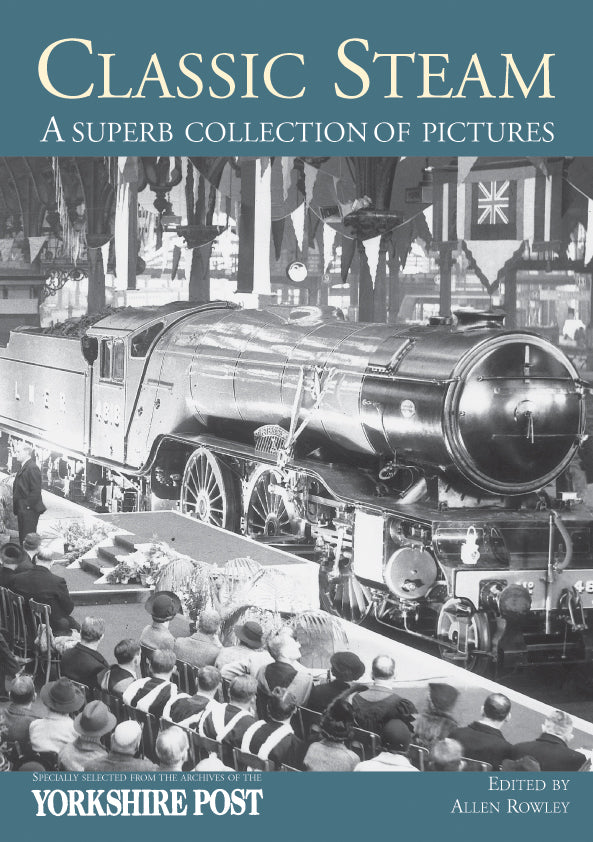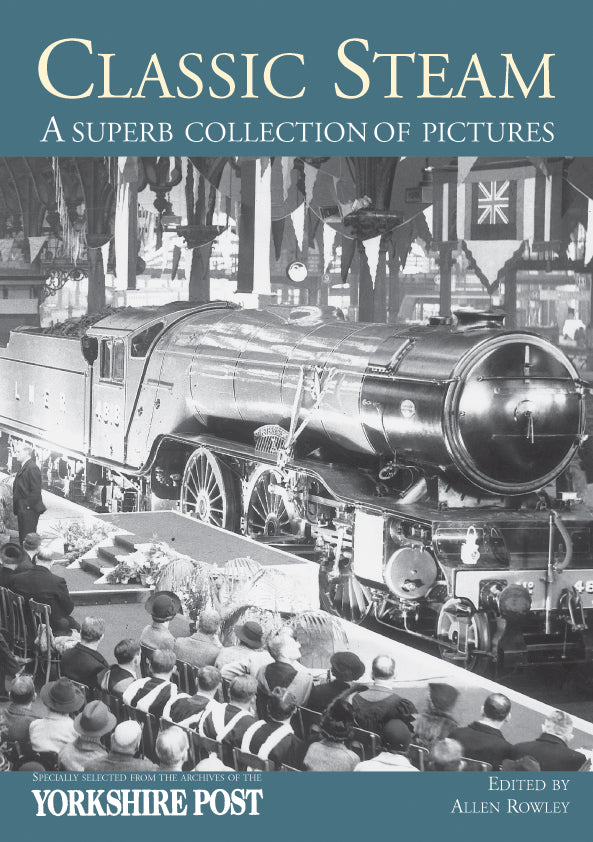Yorkshire Evening Post
Classic Steam. : A Superb Collection of Pictures: Specially Selected from the Archives of the Yorkshire Post
Classic Steam. : A Superb Collection of Pictures: Specially Selected from the Archives of the Yorkshire Post
Couldn't load pickup availability
Old and new communities alike thrived on the new accessibility and soon the railways were the arteries carrying the very life blood of the county. By the 1950s, the railway was in decline as the added flexibility of motor transport became attractive.
On reflection, it had changed very little in the previous century. But change came fast in the 1960s, transforming the railway to a network of core passenger and freight services, operating — compared to the standards of the steam age — with a ruthless efficiency.
Although it is fashionable to criticise today’s railways, for the most part they offer a more efficient and reliable service than ever before. From the standpoint of the York traveller like myself, trains every half hour to and from London — and Newcastle — and every hour to and from Manchester Airport represent a conveyor belt service unimagined even as recently as the 1960s.
What the railways have gained in efficiency as people carriers - which is, after all, what they are there for — they have lost in diversity. Today, less than 40 trains of only two different types carry far more traffic between King’s Cross, Leeds, York and Edinburgh than the hundreds of steam locomotives of more than a dozen different designs which they replaced.
The diversity of the steam age railway was at once fascinating and desperately inefficient. Add in the shunters which used to bring empty trains in and out of the terminals, the even greater diversity of local trains and the whole lost world of local freight operations — and the unending fascination of the steam age railway begins to make sense.
Classic Steam reminds us of this lost world. The Yorkshire Post’s photographers — and several guest photographers — have recorded what at the time was the mundane daily scene. Today, their quality images, most of them painstakingly shot on glass plates, provide us with a glimpse of a world which some of us will remember, and which others will see for the first time.
We can take it as read that railway enthusiasts will enjoy the new insights to be found within these pages but I hope a wider audience will enjoy it too. Look beyond the number on the locomotive’s cabside and see something of that lost world: a world in which many thousands of dedicated men and women worked in difficult conditions to keep the freight and passenger trains moving and to keep Yorkshire at work; a world which affected the landscape of every town, village and workplace.
Today, from the Sprinter speeding through the West Riding to Manchester Airport, we get only hints of that world, buried beneath the greenery — or the industrial estates — which have grown up over the old goods yards. Read these pages and you will find a real flavour of a world now totally changed.


